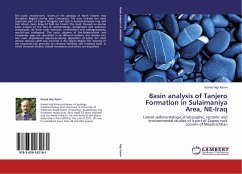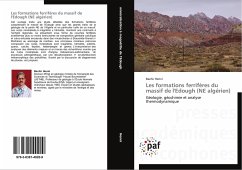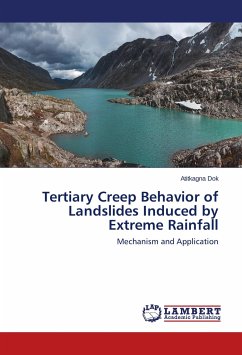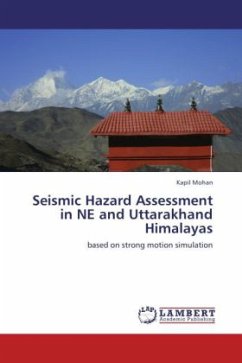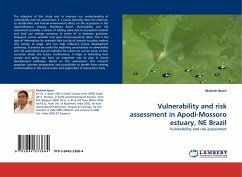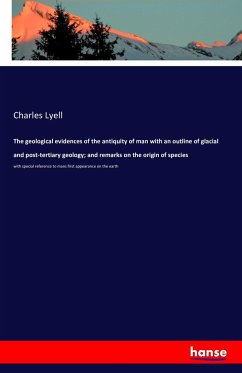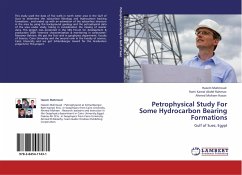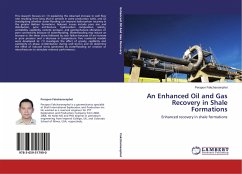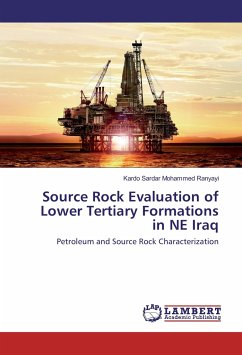
Source Rock Evaluation of Lower Tertiary Formations in NE Iraq
Petroleum and Source Rock Characterization
Versandkostenfrei!
Versandfertig in 6-10 Tagen
43,99 €
inkl. MwSt.

PAYBACK Punkte
22 °P sammeln!
Most of the executed studies about the petroleum source rocks in Iraq have focused on such formations which are older than Tertiary (especially Jurassic) without paying attention to some Tertiary formations which may have the capacity to generate and expel hydrocarbons. This book deals with the identification of the potential and generating capability of hydrocarbon generation of Lower Tertiary formations in the NE Iraq and their contribution to hydrocarbon accumulation in Tertiary Reservoirs in NE Iraq. For these purposes, optical microscopy techniques (organic petrography and vitrinite refle...
Most of the executed studies about the petroleum source rocks in Iraq have focused on such formations which are older than Tertiary (especially Jurassic) without paying attention to some Tertiary formations which may have the capacity to generate and expel hydrocarbons. This book deals with the identification of the potential and generating capability of hydrocarbon generation of Lower Tertiary formations in the NE Iraq and their contribution to hydrocarbon accumulation in Tertiary Reservoirs in NE Iraq. For these purposes, optical microscopy techniques (organic petrography and vitrinite reflectance) and Rock-Eval pyrolysis, were the methods chosen to confirm the petroleum source rocks assessment, in terms of kerogen typing and thermal maturity of source rocks. Biomarker distributions were obtained from gas chromatography-mass spectrometry (GC-MS) and gas chromatography (GC) analyses, in addition to bulk stable carbon isotopic compositions of saturated and aromatic HC fractions, are used for oil-oil and oil-source rock correlations to achieve their genetic relationship, the depositional environment, the biodegradation and diagenetic processes in the source rocks.



